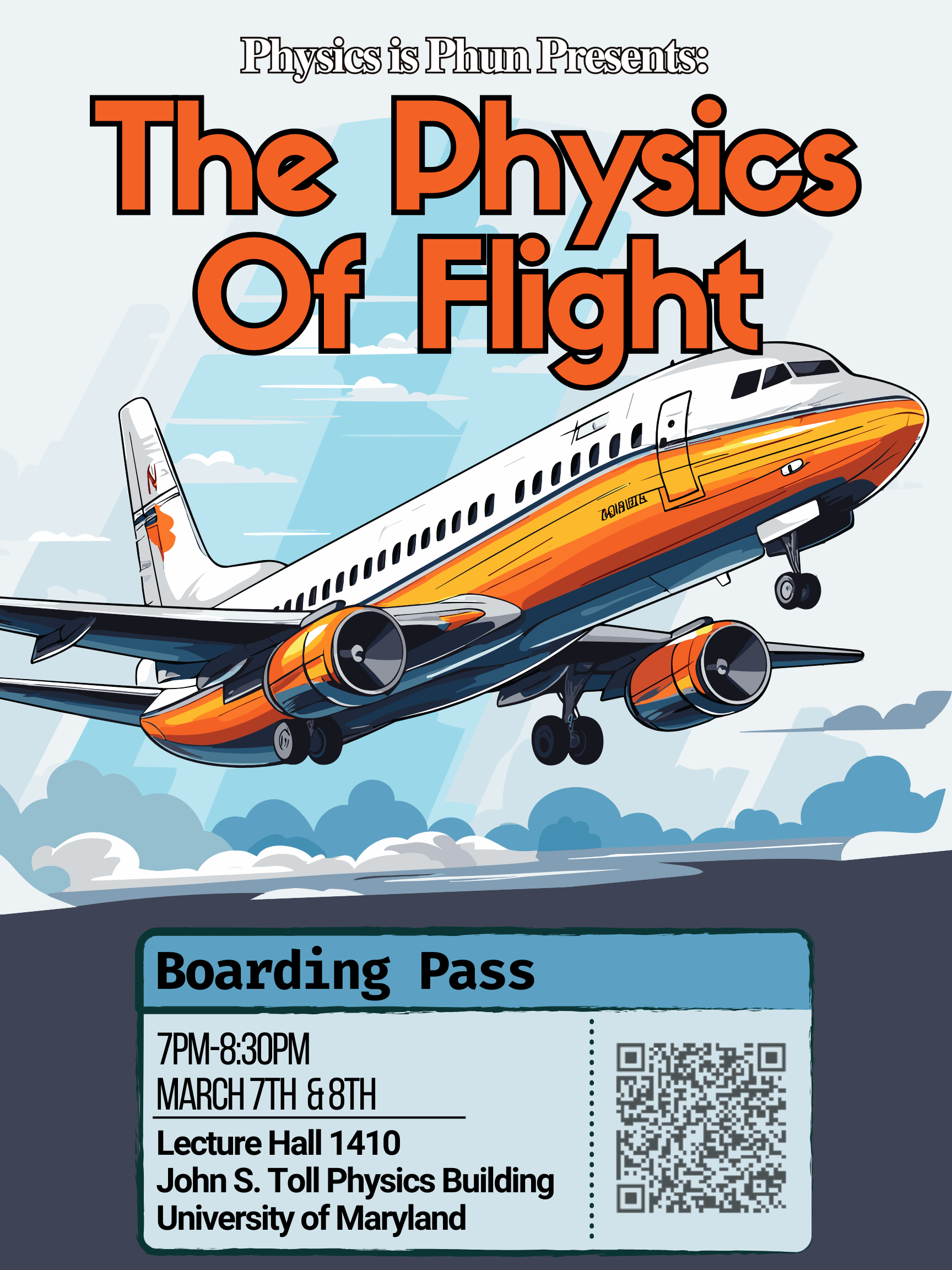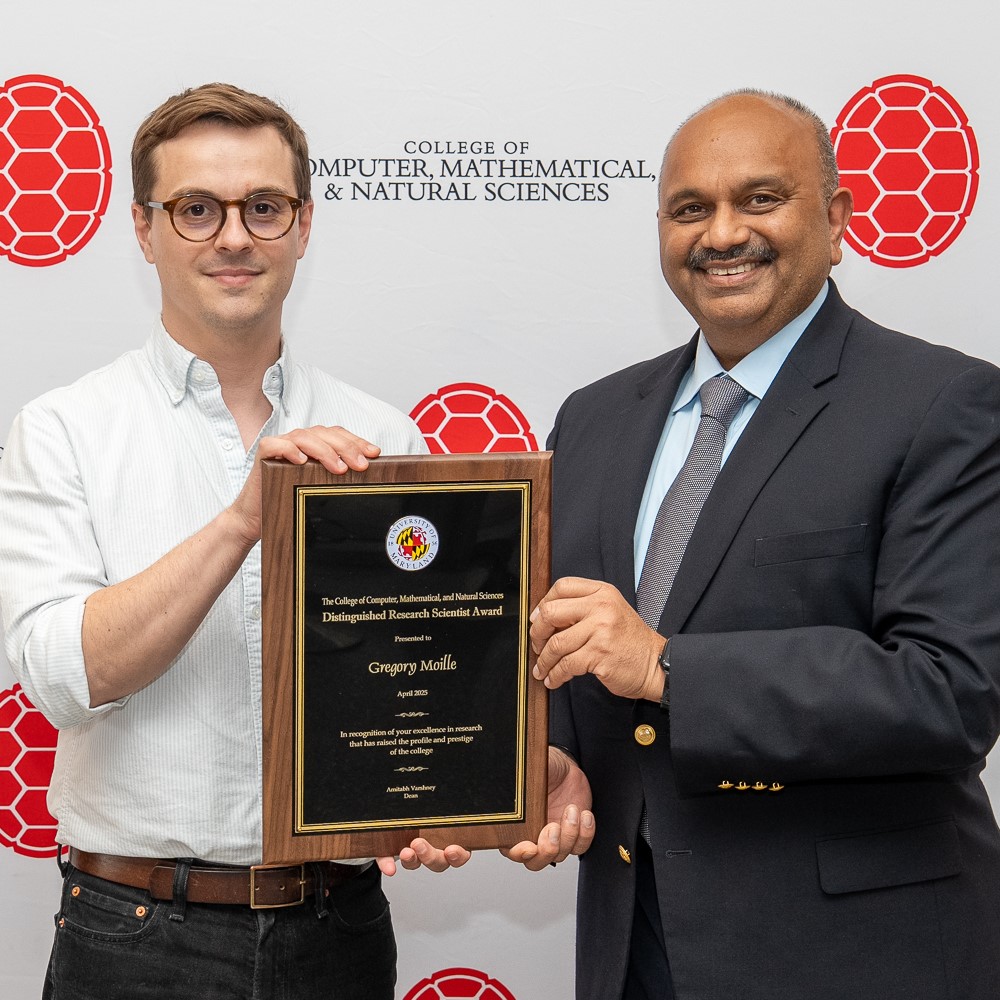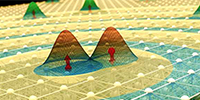Manuel Tiglio, University of Maryland
September 25, 2012
The first numerical simulation of two colliding black holes was carried out by Hahn and Lindquist and published in 1964. Hahn was a former student of Peter Lax, by then working at IBM, and Lindquist a relativist. This interplay between applied math, relativity, and scientific computing has persisted ever since. After four decades of effort, the field has finally reached a stage where stable binary black hole simulations are possible. The binary black hole problem is far from an academic one: the advanced network of ground-based gravitational wave interferometer observatories is expected to detect at least a few events per year. This will constitute a turning point in our understanding of gravity and the universe. For that to happen modeling is crucial. Professor Tiglio will describe the difficulties which led to take decades to be able to numerically solve the problem, and the challenges that remain. At this stage of the history of numerical relativity, the main obstacle left is to beat the "curse of dimensionality" (be able to carry out enough computations to cover the necessary parameter space). He will also discuss results from perturbation theory and its interplay with numerical relativity and semi-analytical modeling.
-------------------------------------------------------------------------------------------------------------------------------------------------------------------------------------------------
Colloquia are held Tuesdays in Room 1410 at 4:00 pm (preceded by light refreshments at 3:30). If you have additional questions, please call 301-405-5946.

















